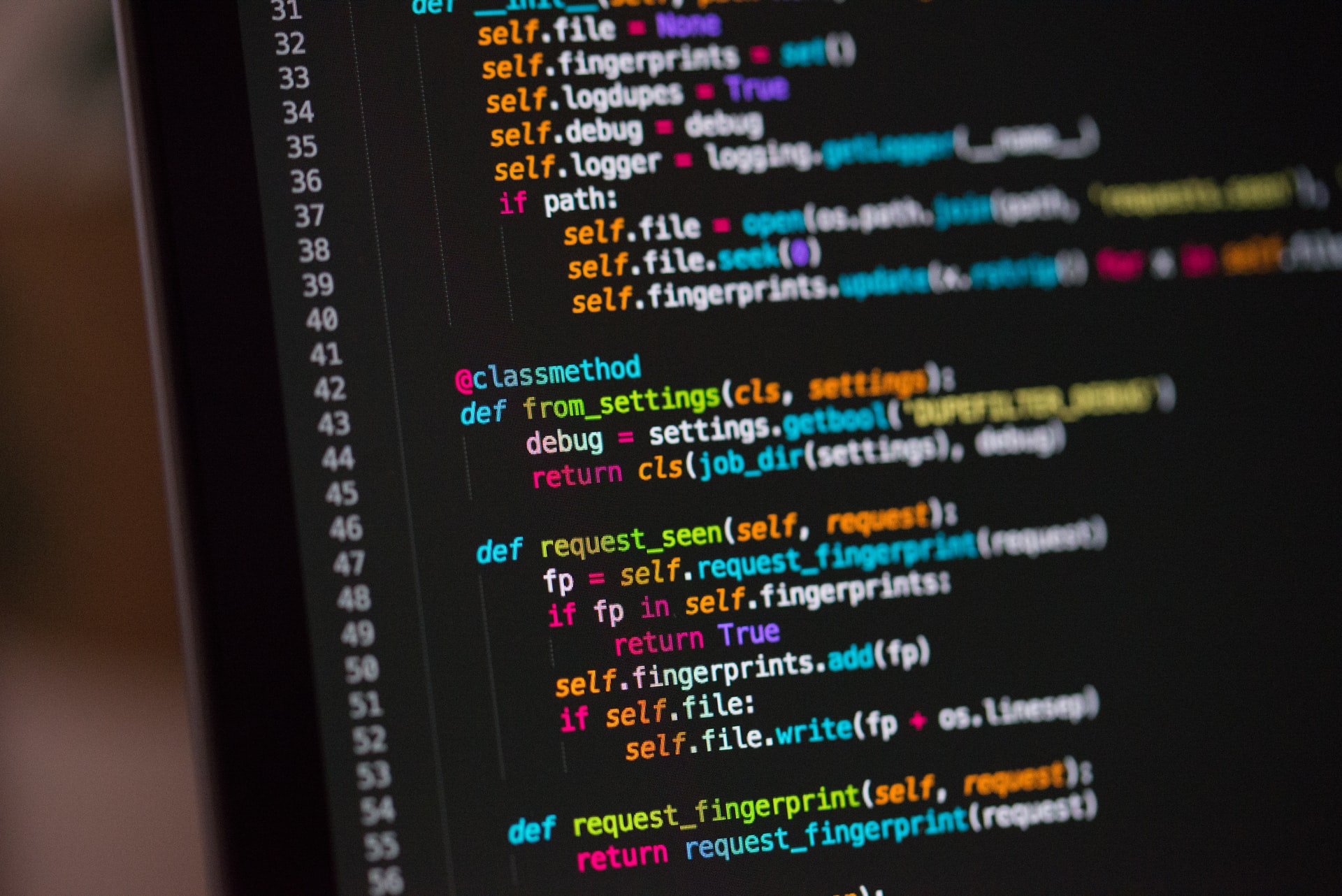Interesting Facts About Python
- Python is designed by Guido van Rossum at Centrum Wiskunde & Informatica (CWI) in the Netherlands.
- Python is actively developed and maintained by Python Software Foundation.
- Initially, Python was released in February 1991.
- Python supports all major operating systems: Windows, Linux/UNIX, macOS, and so on.
- Python is released under a PSFL license. The Python Software Foundation License (PSFL) is a BSD-style, permissive free software license.
- The Python license is not a copyleft license and allows modified versions to be distributed without source code.
- Python supports following filename extensions .py, .pyi, .pyc, .pyd, .pyo, .pyw, .pyz
- Python major implementations include CPython, PyPy, Stackless Python, MicroPython, CircuitPython, IronPython, and Jython.
- Python is influenced by many popular languages, like Ada, ALGOL 68, APL, C, C++, CLU, Dylan, Haskell, Icon, Java, Lisp, Perl, Standard ML, etc.
- Python is a multi-paradigm programming language. It’s an object-oriented, procedural, functional, structured, and reflective language.
- Python supports object-oriented as well as structured programming. Its features support functional programming and aspect-oriented programming.
- Python has influenced many popular programming languages, such as Apache Groovy, Boo, Cobra, CoffeeScript, D, F#, Genie, Go, JavaScript, Julia, Nim, Ring, Ruby, and Swift.
- Python is sometimes called a “batteries included” language because of its large collection of plug-and-play standard library of modules.
- Python Creator Guido van Rossum started working on Python in the late 1980s and first released it in 1991. The first version was Python 0.9.0.
- Guido van Rossum designed Python as a successor to the ABC programming language.
- Python 2.0 was released in 2000. New features like lists and memory management with garbage collection were introduced.
- Python 3.0 was released in 2008. It’s not backward compatible. Python 2 code won’t work properly without necessary modifications.
- Python 2 was discontinued version 2.7.18 in 2020. It’s the popular Python distribution that was active for a decade or more. It officially got discontinued in 2020.
- In 2018, Guido van Rossum stepped down from the position of BDFL of the Python programming language.
- Benevolent dictator for life (BDFL) is a title given to a small number of open-source software development leaders.
- BDFL includes project founders who retain the final say in disputes or arguments within the community. A python is an open-source software led by BDFL.
- Python 2.7 was officially discontinued in 2020. Initially, it was 2015. This is the end of life for Python 2 and no more security patches or other improvements will be released for it.
- From its, inception Python has been used by top companies, such as Instagram. Instagram,
- Google, Spotify, Netflix, Uber, Dropbox, Pinterest, Instacart, Quora, Facebook.
- Popular 3d modeling software Blender has been written using C, C++, and “Python”. It is a free and open-source 3D computer graphics software tool set.
- Blender can be used for creating animated films, visual effects, art, 3D printed models, motion graphics, interactive 3D applications, virtual reality, and computer games.
- The extensions for Inkscape are written in Python. It’s a free and open-source vector graphics editor used to create vector images in SVG i.e. scalable vector graphics. Inkscape is created using C++ but uses Python to maintain its extensions.






